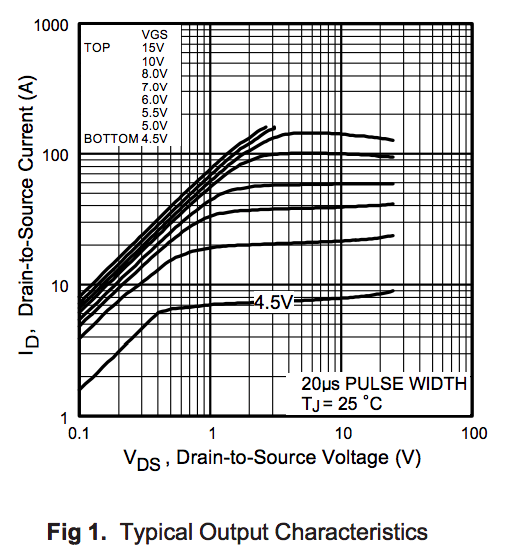I'm currently planning a project on a low-cost WiFi-enabled RGB LED controller and could use some help in looking over my parts list and general concept.
What I'm wanting to do is a build a relatively low-cost, WiFi-enabled RGB LED (strip) controller. In the end it should be controlled via an Android App which is already being developed in my free time. For the WiFi module I want to use the infamous ESP8266 board, namely an ESP-07.
We are talking about normal, RGB, LED Strips (5050 SMD in my case) - nothing fancy.
The plan is to flash it with nodemcu firmware (can't provide a link, but googling "nodemcu" will show what it is about, but it doesn't really matter for the sake of the question), write a simple TCP server implementation which allows to manipulate 3 GPIO pins' duty cycle over the network. I have no problems related to the software or the programming of either the MCU, the App or anything else. What I'm unsure about are the electronics involved here. I've come to understand that I want to use transistors or MOSFETs to drive the LED Strips 12v using the 3.3v logic of the ESP8266. From what I know, I should choose a FET that can be switched fast (requirement for PWM) and has a maximum gate threshold voltage below 3.3 Volts. Based on these requirements and the availability at my supplier I've chosen the IRFZ44N and I want to wire it directly to the three GPIO outputs of the Microcontroller.
Is there any reason for this being a bad idea? Should I maybe add a diode? I don't think so since LEDs are resistive load and not inductive (so there shouldn't be voltage spikes or any of the likes, but I'm a layman when it comes to electronics, far more involved in programming..) Please tell me if there are any pitfalls to this plan and thank you for taking the time to read through my plan.



